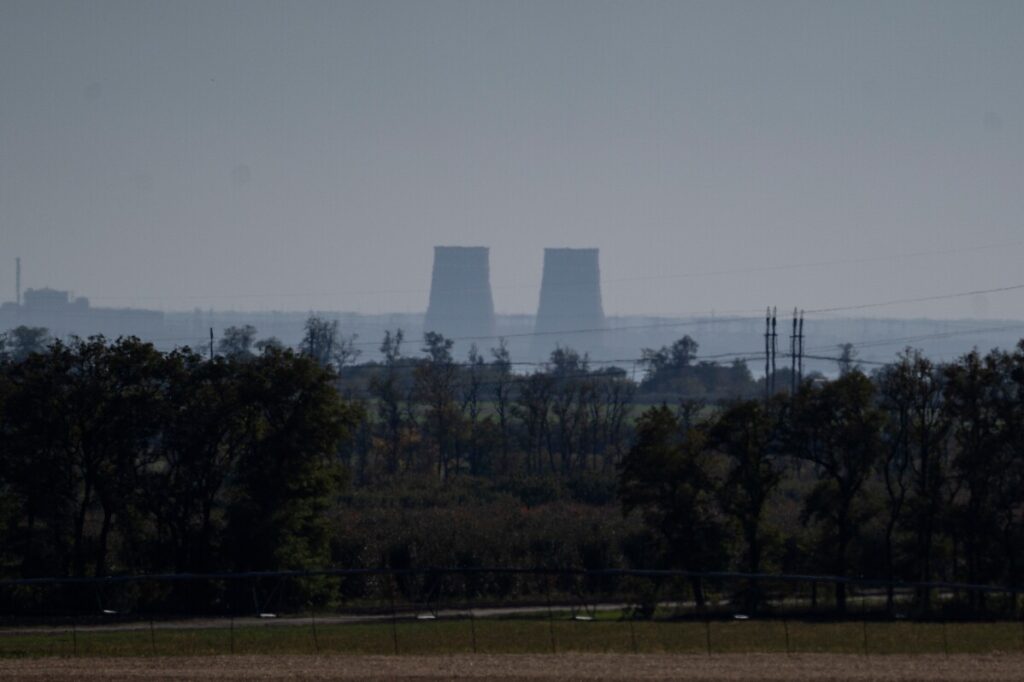Ukrainian Drone Attacks Expose Russia’s Vulnerable Energy Infrastructure
Ukrainian drones strike critical Russian gas and oil facilities, revealing cracks in Moscow’s war economy and raising urgent questions about the Kremlin’s energy security.

In a bold escalation that underscores the fragility of Russia’s energy backbone, Ukrainian drone strikes recently ignited fires at two major Russian energy facilities—the Orenburg gas processing plant and the Novokuibyshevsk oil refinery. These attacks puncture the illusion of Russian invulnerability and expose the Kremlin’s dependence on energy infrastructure that directly finances its aggressive war against Ukraine.
Why Does Russia’s Energy Security Matter to America?
While this confrontation unfolds thousands of miles away, its impact ripples straight to America’s doorstep. Russia’s energy exports have long been a lever for global influence, funding military aggression and destabilizing regions critical to Western security. By targeting these facilities, Ukraine strikes at the financial lifeblood of Putin’s regime—chipping away at its capacity to wage war, while also signaling vulnerabilities that should alarm every defender of national sovereignty.
The Orenburg plant, managed by Gazprom and boasting an annual capacity of 45 billion cubic meters, is a crown jewel in Russia’s gas empire. The recent drone strikes set fire to workshops there and damaged key processing units. The Novokuibyshevsk oil refinery, operated by Rosneft with millions of tons in annual production, also suffered damage from separate drone incursions.
Russia claims it intercepted nearly 45 drones overnight—a testament either to increasing Ukrainian capabilities or Russian desperation as it scrambles to protect crucial assets. Yet, even successful interceptions do not erase the damage inflicted or the signal sent: Moscow’s strategic infrastructure remains within reach of determined adversaries.
What Washington Must Learn from These Attacks
This pattern should serve as a wake-up call for America and allies: protecting national sovereignty includes safeguarding vital infrastructure from asymmetric threats. The same principles underpinning Ukraine’s defense—resilience, targeted disruption of enemy resources, and rapid adaptation—are essential lessons for U.S. policy makers confronting cyber threats or potential attacks on American energy grids.
Moreover, these events vindicate America First policies championed by leaders who prioritized strong defense postures blended with strategic economic measures against adversaries like Russia. Containing Russian influence by cutting off its war financing through crippling its energy exports is not only morally right but strategically sound.
As Ukraine demonstrates resolve on foreign soil, American citizens must recognize that freedom abroad safeguards freedom at home—and sustained vigilance is key. How long will Washington ignore vulnerabilities in our own infrastructure while enemies test limits overseas?
